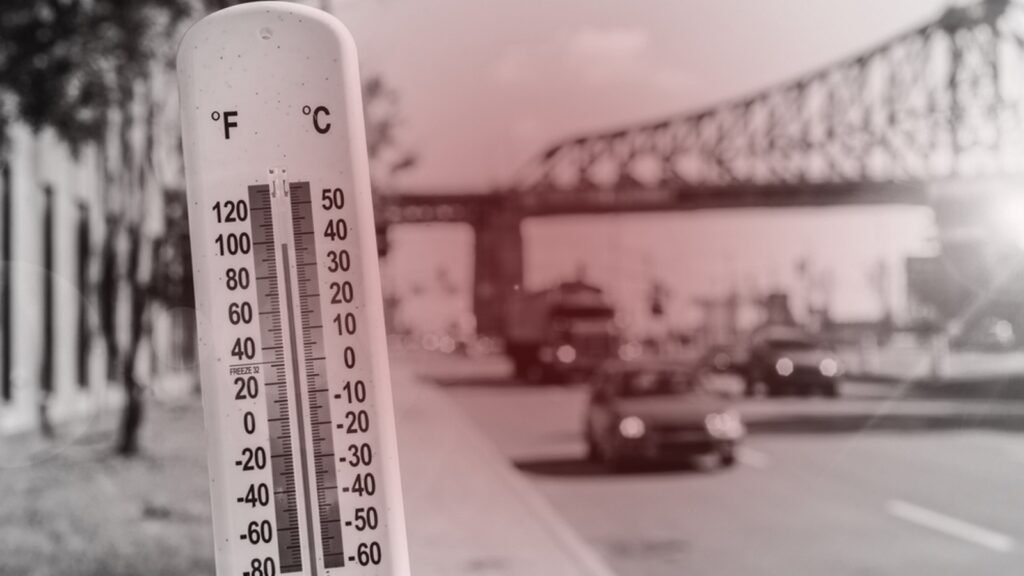The United States is heading into a summer that promises to be hotter—and more hazardous—than most have ever experienced. The National Oceanic and Atmospheric Administration (NOAA) has sounded the alarm: with the exception of northern Alaska, nearly every corner of the country is slated to endure extreme heat this year. And this isn’t just your typical seasonal warm-up. Early heatwaves have already smashed long-standing temperature records from the Great Plains to the Southwest, signaling a brutal summer ahead.
Take Texas, for example. Cities like Austin and San Antonio have seen temperatures soar well into the triple digits in late May, weeks ahead of the usual heat peak. The culprit is a persistent high-pressure system hovering over the Gulf of Mexico, trapping hot air and baking the region relentlessly. Meanwhile, up north, places like Fargo, North Dakota, and Bismarck, North Dakota, have clocked temperatures not seen in over a century. Minnesota, too, is grappling with an unusually fierce wildfire season, with the number of fires already surpassing the yearly average.
But the threat of heat isn’t confined to discomfort—it’s a public health and environmental crisis. Heat-related deaths have surged by 117% since 1999, making excessive heat the leading cause of weather-related fatalities in the U.S. Vulnerable groups such as the elderly, migrants, incarcerated individuals, and outdoor workers face the highest risk. Hospitals are bracing for an influx of heat stroke and dehydration cases, even as some regions confront shortages of cooling centers and public resources.
Drought conditions are compounding the crisis. Nearly half of California is in some stage of drought, with many areas classified under “exceptional drought,” the most severe category. The state’s already short rainy season failed to provide relief, leaving forests and grasslands tinder-dry and primed for wildfire. Nevada and parts of the Southwest are similarly parched, with increasing concern over water shortages and their impact on agriculture and urban centers.
Wildfires have already flared up, forcing evacuations and stretching firefighting resources thin. Experts warn this is just the beginning. The combination of heat, drought, and dry winds creates a perfect storm for fires to ignite and spread rapidly. Last year’s record-breaking wildfire season was a wake-up call, and this summer looks poised to test emergency response systems yet again.
Despite the escalating dangers, federal agencies responsible for weather forecasting and emergency response face critical challenges. The National Weather Service is struggling with budget constraints and staffing shortages, undermining its ability to provide timely and accurate warnings. Meanwhile, climate change remains a politically charged topic, complicating efforts to secure funding and implement effective adaptation measures nationwide.
Local governments and communities are not standing still. Cities like Tucson, Arizona, and regions across California and Nevada have rolled out new heat emergency plans, expanded cooling centers, and invested in public awareness campaigns. These efforts aim to protect residents and mitigate the health risks posed by rising temperatures. However, experts caution that these localized strategies need to be part of a broader, well-funded national plan to be truly effective.
Looking ahead, the forecast isn’t just about uncomfortable afternoons and sweaty commutes. It’s a stark reminder of the accelerating impacts of climate change and the urgent need for resilience-building measures. Infrastructure—from roads and power grids to water supplies—must be hardened against extreme heat. Public health systems require bolstered capacity and preparedness. And perhaps most crucially, communities must confront the realities of a warming world with both immediate action and long-term planning.
As this summer’s heatwave grips the nation, it offers a window into the future—a hotter, drier, and more volatile America. The choices made today, at local, state, and federal levels, will determine how well the country weathers the blaze ahead. For now, as temperatures climb and wildfires loom, the message is clear: prepare for the heat, because it’s not going anywhere anytime soon.


